Global Inequality: The Ugly Truth About Food and Water
Let’s talk about something nobody likes to admit – the world is unfair. In 2019, while some of us were living in comfort, millions of people were struggling just to get a meal or a glass of clean water. This isn’t just bad luck. It’s global inequality, and it’s killing people. What Was Happening in 2019?
Mr. Vishwas Nikam


In 2019, the gap between the rich and the poor was wider than ever. Here’s what it looked like:
1. Food Inequality: - In wealthy countries, people were throwing away tons of food. Meanwhile, in places like Yemen and South Sudan, kids were starving to death. - The UN said over 820 million people were hungry in 2019. That’s more than the entire population of Europe.
2. Water Inequality: - In cities like Los Angeles or London, people were filling swimming pools and watering lawns. But in Chennai, India, and Cape Town, South Africa, people were fighting over a few liters of water. - The World Resources Institute said 17 countries were under “extremely high” water stress. Guess what? Most of them were poor.
3. Health Inequality: - In rich countries, hospitals had clean water and advanced equipment. In poor countries, people were dying from diseases like cholera because they didn’t have clean water or basic healthcare.
Why Does This Happen? It’s not an accident. It’s the system. Here’s why:
1. Money Talks: Rich countries and big corporations control most of the resources. They decide who gets what.
2. Climate Change: Poor countries are hit hardest by droughts, floods, and storms, even though they didn’t cause the problem.
3. War and Conflict: Places like Yemen and Syria were torn apart by war. No peace means no food, no water, no future.
4. Corruption: In some countries, leaders steal money meant for food and water projects. The people suffer while the powerful get richer.
Examples from 2019 Let me give you some real-life examples:
1. Yemen: In 2019, Yemen was the worst humanitarian crisis in the world. War had destroyed everything. Millions were starving, and cholera was spreading because there was no clean water.
2. India: Chennai ran out of water in 2019. Rich people bought water from private tankers, but the poor had to wait in line for hours, often getting nothing.
3. Africa: In countries like Somalia and Kenya, droughts killed crops and livestock. Families were forced to leave their homes just to survive.
4. The U.S.: Even in the richest country in the world, there were food deserts – areas where people couldn’t afford or access fresh food.
What Can We Do? This isn’t just about feeling bad. It’s about taking action.
Here’s what we can do:
1. Share Resources: Rich countries need to step up. Donate food, water, and money to those in need.
2. Fight Climate Change: Stop polluting. Support clean energy. Help poor countries adapt to climate change.
3. End Wars: Push for peace. No more wars over resources or power.
4. Hold Leaders Accountable: Demand transparency. Stop corruption. Make sure aid reaches the people who need it.
5. Educate Ourselves: Learn about the issues. Spread awareness. Don’t look away.
A Story of Hope In 2019, I saw something amazing in Kenya. A small community came together to build a rainwater harvesting system. They didn’t wait for the government or NGOs. They did it themselves. Now, they have clean water, and their kids are healthier. This shows that even in the face of inequality, people can rise up. But they shouldn’t have to do it alone. We need to stand with them.
Let’s Be Honest Global inequality isn’t going away overnight. But if we don’t start fixing it now, it will only get worse. We can’t keep living in a world where some have everything and others have nothing. It’s time to wake up. It’s time to act. Because every life matters.
